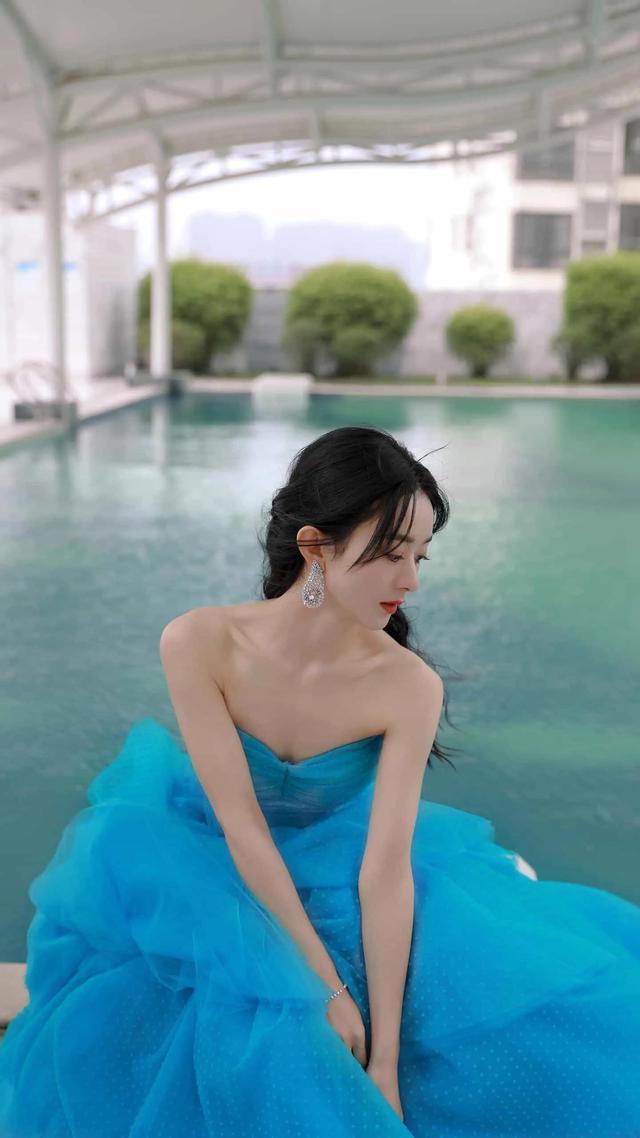
反义疑问句
(1)基本结构:前肯后否;前否后肯;前后(人称、时态)一致。(2)常见的特殊形式
①陈述部分含有never, nothing, hardly, seldom, few, little等否定词时,附加问句部分用肯定形式。
He has few friends here, does he?
他在这儿没什么朋友,是不是?②陈述部分含有un, in, im, dis等否定形式的前缀构成的词汇时,附加问句部分用否定形式。
Jack looks unhappy, doesn't he?
杰克看起来不开心,是不是?③陈述句是I think, I suppose, I believe, I consider等结
构时,附加问句的动词与形式要根据从句确定。注意“否定前移”。
I think you can do it better next time, can't you?
我觉得你下次可以做得更好,是不是?
I don't believe there will be robots at people's homes, will there?我认为人们的家里不会有机器人的,对吗?反义疑问句中的否定前移
反义疑问句的陈述句部分含有I dont think/suppose/believe等时,附加问句用肯定形式,谓语动词与从句一致。④祈使句的反义疑问句分两种情况:
Let's Let开头:shall we? 其他形式:will you? (3)反义疑问句的答语
肯定答语用Yes,否定答语用No。注意前否后肯的反义疑
问句答语Yes表示“不”,No表示“是”。
—Bob can swim, can't he?鲍勃会游泳,是不是?
—Yes, he can. 是的,他会。
—Bob can't speak Chinese well, can he?
鲍勃说汉语说得不好,是不是?
—No, he can't. 是的,他说得不好。
,




